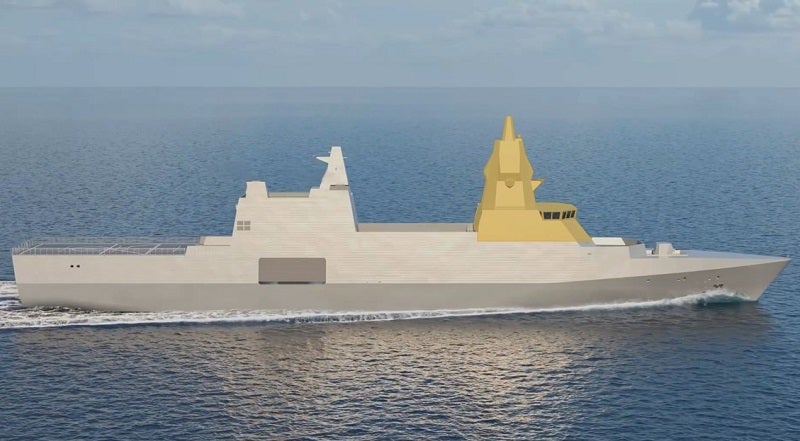A contract between the Swedish defence prime Saab and the Singaporean Defence Science and Technology Agency (DSTA) was signed for the delivery of six composite Multi-Role Combat Vessel (MRCV) superstructures.
It is worth noting that a ship’s ‘superstructure’ concern the parts of the vessel that project above her main deck.
This new deal comes off the back of preceding deals in which ST Engineering, a Singaporean supplier, has served as the primary manufacturer of the six hulls since it signed its own contract with the Republic of Singapore Navy (RSN) in March 2023. The company is also tasked with integration logistics support engineering to maintain the operational readiness of the MRCVs during their working life.
In addition, the DSTA has leveraged the Swedish supplier’s expertise in the design stage of the MRCVs last year.
Through work attachment and internships with Saab, DSTA engineers and scholars have gained opportunities to deepen their technical competencies and better facilitate the build-up of in-country capabilities in the industry to undertake repair of composite structures for ships and radar overhaul in the future.
Meanwhile, Saab’s latest deal includes the detailed design, production and final assembly of the MRCV superstructures. In close collaboration with related partners – the DSTA and RSN – the superstructures, like the vessels themselves, will all be delivered to the Navy at the beginning of 2028.
The low weight of the composite superstructure reduces the centre of gravity, thereby enhancing the stability of the MRCV, noted Saab.

MRCVs will replace the ageing Victory-class missile corvettes, of which the RSN currently operate six ships in service since 1989.
While the first vessel of Victory-class was originally built in Germany by Friedrich Lürssen Werft, the remaining five were built domestically within Singapore by ST Marine.
However, although the Victory-class ships have received several upgrades such as the integration of two sets of eight-cell Barak I missiles during a general refit in 1996, and have even undergone an extensive life extension program between 2009-13, wherein the vessels received a new mast to integrate new sensors along with a revamped combat management system. These vessels also received the ability to launch ScanEagle uncrewed aerial vehicles to facilitate remote surveillance.
However, the age of these vessels precludes continued service beyond 2030, when the Navy will begin to decommission its existing units as the MRCVs begin to enter service from 2028, thus maintaining a consistent, albeit mixed, at-sea presence.









